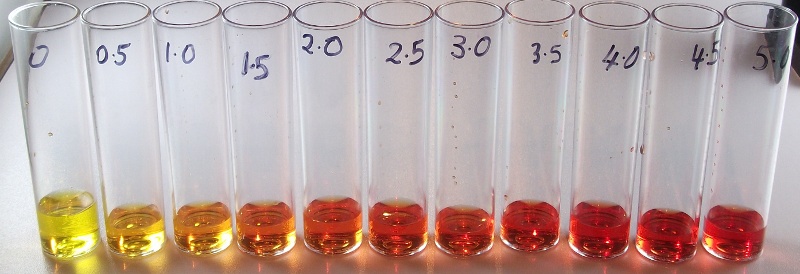- Joined
- Feb 28, 2020
- Messages
- 149
- Reaction score
- 59
Last night
i had a random thought i was looking at this canister booster whoch is filled with foams so its like a pre filter but i was think could you fill it up with bio media then thought could to much bio media in your system be a bad thing ir would to much he great for a tank
personal i think more is better wondering what other peoples thoughts are
thanks
i had a random thought i was looking at this canister booster whoch is filled with foams so its like a pre filter but i was think could you fill it up with bio media then thought could to much bio media in your system be a bad thing ir would to much he great for a tank
personal i think more is better wondering what other peoples thoughts are
thanks
















